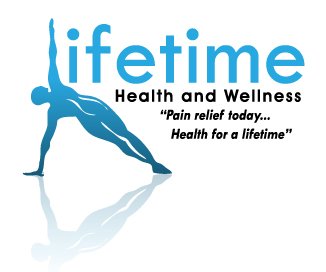|
Results of a recent study, published in the New England Journal of Medicine, showed that arthroscopy is not an effective procedure to relieve arthritis knee pain. Arthroscopic surgery is performed on at least 225,000 middle-aged Americans each year. The procedure requires three small incisions to be made in the knee, through which an arthroscope is inserted to give the surgeon a view of the joint. Debris is flushed from the knee or rough areas of cartilage are shaved from the joint. 180 patients participated in the Baylor College of Medicine study. Each patient was randomly assigned to have the arthroscopy surgery or a placebo surgery, where the surgeons would make incisions in their knees to simulate an operation. 160 patients, who completed the trial, were assessed two years after the study from self-reported scores to measure knee pain and knee function and an objective test consisting of walking and stair climbing. None of the patients who had the knee surgery reported less pain or better function than the placebo group, at any point of the study. If you are in the South Elgin area and are suffering with knee pain and want to avoid surgery, please give us a call here at Lifetime Health and Wellness for a free initial consultation. Our medical staff here in South Elgin have helped many people avoid surgery. SOURCE: New England Journal of Medicine, July 11, 2002, 347;(2):81-8; New York Times, www.nytimes.com, July 11, 2002; WebMD, www.my.webmd.com. |



